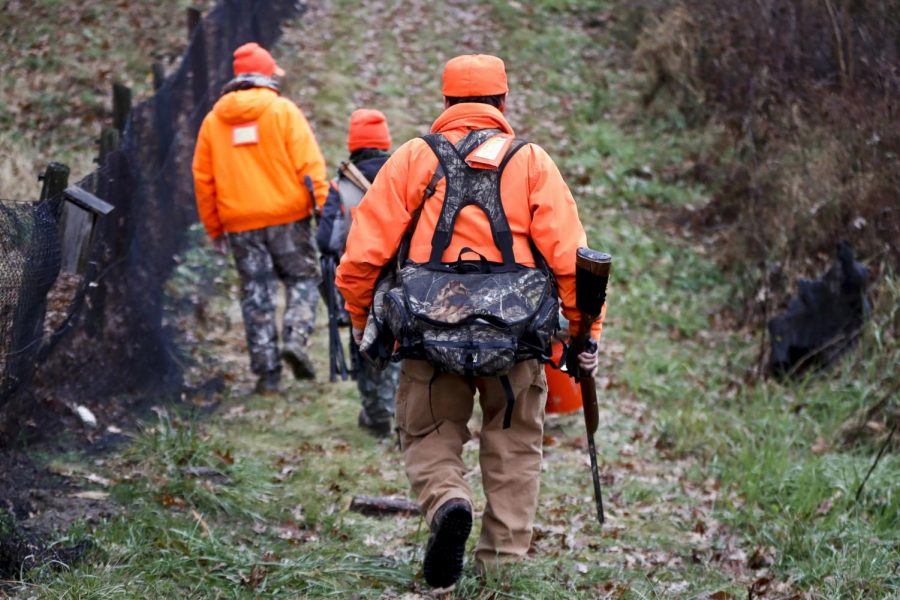
Do you want to know how important rifle scopes are? Hunters with mediocre rifles can successfully land a kill with the aid of a powerful and appropriately matched scope. Yes a lot more goes into the craft; matching accessories, mastering the weapon and tactical equipment, researching ammo to make a choice between the popular 223 or 5.56 ammo, still choosing your matching scope always proves very worthy. When you head to an outdoor hunting store, you’d notice how sellers pay particular attention to recommending the perfect lenses for your long guns.
Through this blog, we’re giving you a comprehensive discussion on how to choose the best one for your rifle.
How Rifle Scope Works
If you’re watching action movies, you’d probably be familiar with scenes wherein a character is looking through a mini telescope of sorts attached to a long-range firearm to properly shoot their target.
Called a rifle scope, this shooting aid acts like a telescope to help shooters lock in their targets more accurately and precisely. Its most essential parts include the main tube, the objective lens, and the reticle and focal plane.
Main Tube. Typically, this tube measures 1″, 30 mm or 34 mm in diameter. If you’re a hunter who’s into long-distance shooting, you might want to choose a scope with a bigger diameter to allow for increased adjustment range and more durability. Just keep in mind that tubes with bigger diameters are costlier.
Objective Lens. This the lens located at the front part of a scope. This is where the light passes through, transmitting the light to the lens located near your eye (a.k.a. The ocular or magnifying lens). The advantage of having a bigger objective lens is having better performance when you’re hunting in low light conditions.
Reticle. Also known as the crosshairs, this reticle is located in the front or behind the ocular lens. If it’s in front, the reticle will offer the same perspective with the size of the target (this is preferred by the long-range shooter). If it’s behind, the target will appear larger if you magnify them while the reticle’s sizes stay the same.
Tips When Choosing Rifle Scopes
If you go to an outdoor hunting store and look for the best rifle scope, the main three categories they will be offering you are the low-magnification, mid-range, and high-magnification scopes.
People who do hunting as their sport typically use mid-range ones, but if you tend to do the more long-range shooting, you must resort to high-magnification scopes. For versatility, experts advise using the low-magnification counterparts.
If you have trouble picking the best scope for your rifle, here are five tips to help you out:
Identify your hunting environment. If you’re a hunter, it’s expected that you roam around woods and with that environment, you’d need gears that can adapt to different lighting settings and are weatherproof.
Take eye relief into account. The distance between your eye and the scope is called the eye relief. The most common is at four inches. This distance is considered safe to prevent your eyes from getting hit when your rifle recoils.
Be familiar with the parallax problem. If your scope is not parallax free (meaning the crosshairs doesn’t stay in position when you move your head or eye), make sure you ask an expert from the outdoor hunting store that your scope is equipped with a parallax knob to help you fix your crosshairs.
From optics, firearm accessories, ammunition, knives, among others, we got it all at The Hunters Blind, the best outdoor hunting store today!

